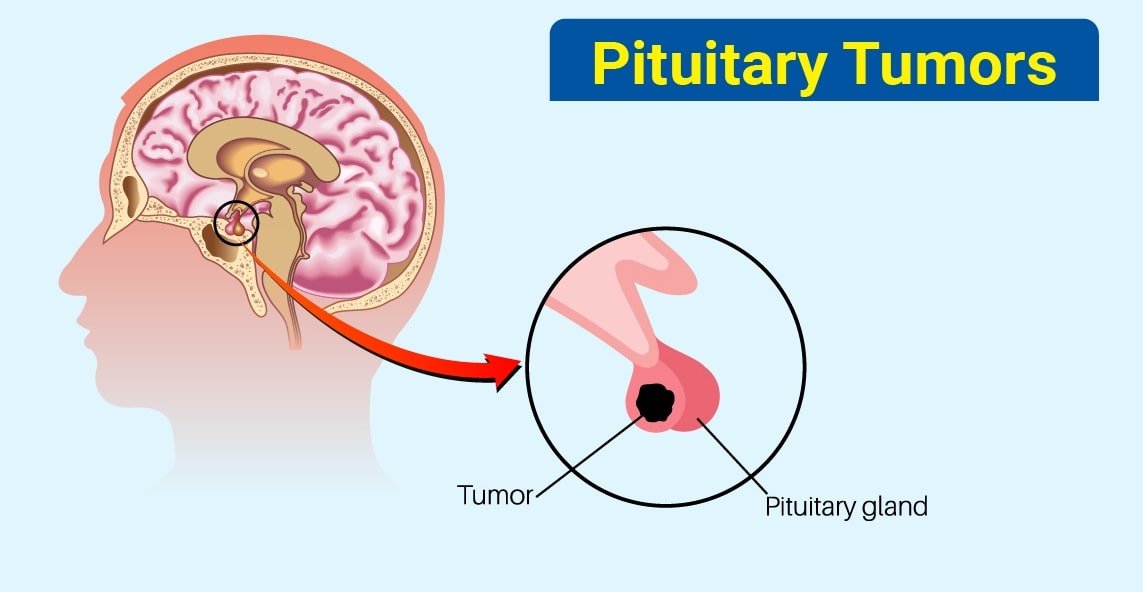The pituitary gland, often referred to as the “master gland,” plays a critical role in regulating various bodily functions, including growth, metabolism, and reproduction. When abnormal growths, known as pituitary tumors, develop in this gland, they can disrupt these functions and cause a range of symptoms. Understanding these tumors, especially the surgical options available for treatment, is crucial for anyone diagnosed with or concerned about a pituitary tumor. Here are five key things you need to know.
1. What is a Pituitary Tumor?
A pituitary tumor is an abnormal growth in the pituitary gland, a pea-sized structure located at the base of the brain. Most pituitary tumors are benign (non-cancerous) and can be classified into two main categories:
- Functioning Tumors: These tumors produce excess hormones, leading to conditions like Cushing’s disease, acromegaly, or hyperthyroidism.
- Non-Functioning Tumors: These do not produce hormones but may still cause symptoms by pressing on surrounding structures, such as the optic nerves.
2. Symptoms and Diagnosis
The symptoms of a pituitary tumor depend on whether the tumor is functioning or non-functioning and its size. Common symptoms include:
- Vision Problems: Due to pressure on the optic nerves.
- Headaches: Caused by the tumor pressing on nearby tissues.
- Hormonal Imbalances: Leading to weight changes, fatigue, menstrual irregularities, or changes in libido.
- Other Neurological Symptoms: Such as dizziness or cognitive changes.
Diagnosis typically involves blood tests to check hormone levels and imaging studies, like an MRI, to visualize the tumor.
3. When is Surgery Necessary?
Surgery is often the preferred treatment for pituitary tumors that are causing significant symptoms, such as vision problems, or when the tumor is large. The decision to proceed with surgery depends on several factors:
- Size and Growth: Large tumors, or those growing quickly, are more likely to require surgical removal.
- Hormonal Activity: Functioning tumors that cause severe hormonal imbalances may need to be surgically removed to control symptoms.
- Response to Other Treatments: If medications or radiation therapy are ineffective, surgery may be the next step.
4. The Surgical Process: What to Expect
The most common surgical approach for removing a pituitary tumor is transsphenoidal surgery, a minimally invasive technique where the surgeon accesses the tumor through the nasal passages. This method is preferred because it avoids the need for a craniotomy (opening the skull) and has a quicker recovery time.
Key aspects of surgery include:
- Preparation: Before surgery, you’ll undergo thorough imaging studies to map the exact location and size of the tumor. Hormonal assessments will also be conducted to understand the tumor’s impact.
- Procedure: During the surgery, a small incision is made inside the nostril or under the upper lip. Using specialized instruments and an endoscope (a small camera), the surgeon carefully removes the tumor through this pathway.
- Recovery: Most patients spend a few days in the hospital post-surgery. Recovery times vary, but many people can return to normal activities within a few weeks. Follow-up care is crucial to monitor hormone levels and ensure the tumor is completely removed.
Conclusion
Surgery for pituitary tumors, particularly through the transsphenoidal approach, is a highly effective treatment option that offers a good prognosis for most patients. If you or a loved one is facing a pituitary tumor diagnosis, understanding the surgical process and what to expect afterward can help alleviate concerns and lead to better outcomes. Always consult with a specialized brain surgeon to explore your options and ensure you receive the best possible care.















